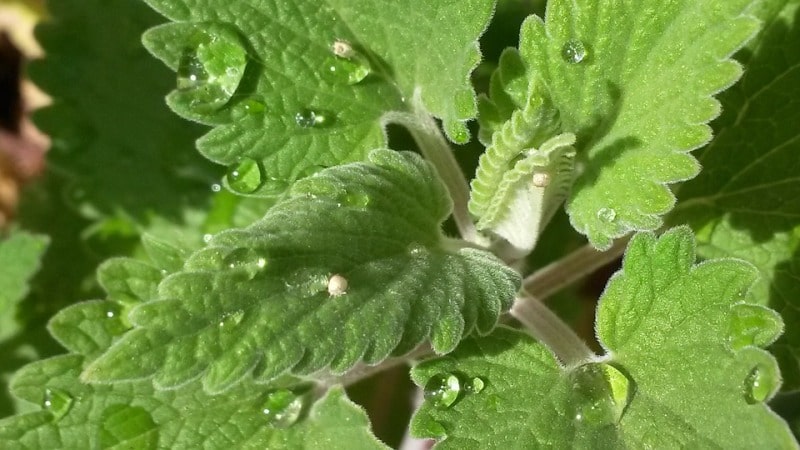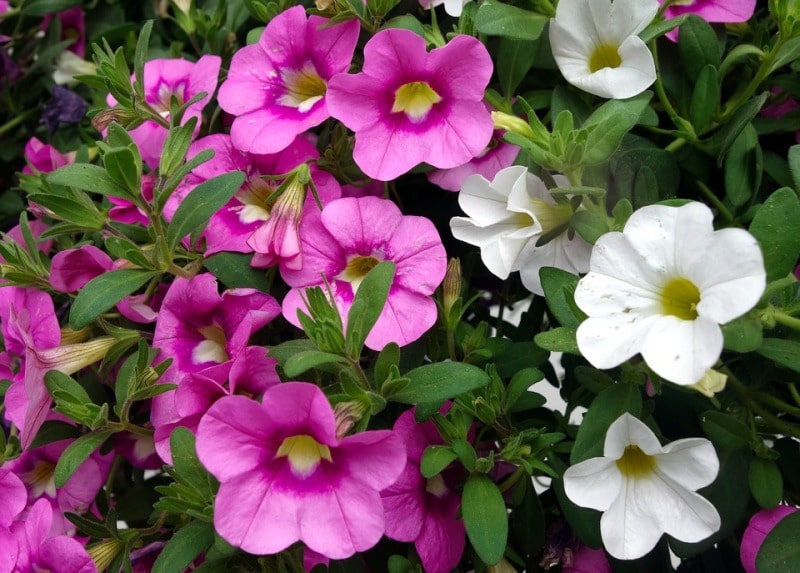Pest repellent plants guide
Today, we learn natural pest repellent plants for gardening. One easy method of keeping pests away is to strategically place insect-repelling plants in the garden or inside your home. Insects tend to avoid these plants because of the essential oils in their effort as a natural bug repellent. Pests are very dangerous; they are great threats to the success of any farm business. Chemical pesticides have been the usual method to control pests on farms; however, its cause of human health has waged a huge campaign against its use. Many of these pesticides are poisonous in nature; this is what exactly eradicates the pest. But, at times, these pesticides do have residual effects on human as an effect of the contamination of the crops during its application.
Preventing insects and rodents from invading the home garden can be tricky at times. While commercial sprays and exterminators provide quick solutions, many of the sprays have harsh chemicals that are toxic to humans and pets. One green solution that decreases household pests is to place certain plants during the home that are known to repel them.
Some examples of pest management techniques being adopted by gardeners/farmers are;
Crop rotation:
Crop rotation is an efficient process of preventing pests from getting used to the types of plants that are being cultivated. The process uses alternating the species of crops that are grown every year. In addition to managing pests, this farming technique also increases the fertility of the soil.
Intercropping:
Intercropping involves simultaneous cultivation of two or more crops on a similar field. When different species of plants are cultivated in the same field, there is a definite distance among crops of the same species. So, it is capable of attracting pests away from their target host plant.
Organic Pesticides:
Another prime cause to switch to organic pesticides is how it allows farmers to turn agricultural outputs into natural pesticides and does not change their health or damage the crops.
There are several measures that can be implemented to control pests on the farm, without the use of chemicals; they are:
Proper Soil Preparation:
If you adopt a conventional tillage system, where the soil is heavily pulverized to expose pests and their habitat to desiccation, you will experience a pest-free condition of your farm.
Read: Polyhouse Vegetable Gardening.
Timely cultivation:
This absorbs studying the reproductive cycle of the prevailing pest, such that, planting is done when the pests are less populated. Also, pests are more active through the dry season, thus, planting during the rainy season is another way to boycott pest.
Though, taking preventive measure is better than controlling. As you plant your crop, there are some plants you can as well plant simultaneously; these plants are called companion and pest repellant plants.
They help to reduce pest population and serve some beneficial purposes like proper utilization of space and enhance crop safety through the provision of habitat for useful plants, the companion plants. These types of plants can be harvested and consumed too. If you are looking for plants that repel flies; or plants that repel aphids; or plants that repel bugs; you can plant any of the below plants alongside your crops and get them protected.
Instead of spending more on chemical pesticides, that is detrimental and expensive, you can invest in the edible pest repellant plants. These are;
Pest Repellent Plants for your Garden:
Beans
Growing beans among eggplant will help repel the Colorado potato beetle.
Parsley
Mix parsley into carrot rows to help repel the carrot fly.
Tomato
Put tomato plants in the asparagus bed after the early spears have been harvested to keep the asparagus beetles away.
Sage
Sage is helpful to all brassicas by protecting them from the white cabbage butterfly. It is helpful to carrots since it protects them from the carrot fly.
Calendula
Add calendula to tomatoes and asparagus to repel tomato hornworm and asparagus beetles.
Basil
Make sure that your garden has tubs of tulsi. The essential oils of the basil plant repel mosquitoes, flies, asparagus beetles and whiteflies. The plant emits compounds that repel a variety of insects.
Neem
The leaves of the neem tree are used to drive away insects like fleas, bugs, and mosquitoes and treat microbial infections as well. A compound known as Azadirachtin in Neem leaves is responsible for its insect banishing powers.
Mint
The fragrant mint herb comes in many varieties and the thing is that they all repel all kinds of insects.
Catnip
The catnip plant contains nepetalactone, a natural cockroach deterrent. The plant is nontoxic to humans and pets and works best when small amounts of catnip are placed in areas where pests have congregated. A spray repellant can be prepared by simmering small amounts of catnip in water and then filling up spray bottles with the liquid. Spray the repellent in corners and at baseboards & doorways. Keep in mind that this bug repellent will attract cats.

Eucalyptus
Plant a eucalyptus tree in your garden. The fragrant oil from this tree drives away all kinds of insects from mosquitoes, sand flies, ticks, midges, stable flies and more. This plant repels aphids, cabbage loopers, and Colorado potato beetle.
Citronella
Citronella grass has essential oils that mosquitoes don’t like. It’s also a good natural repellent for insects which are annoyed by its smell. This citronella plant can grow up to four feet tall in just one season. It does well in a pot, or in the ground in a sunny and well-drained place.

Lettuce
Lettuce plant is a good companion and a pest repellant plant for the carrot. It repels the pest carrot flies.
Mexican Marigold
This Mexican marigold ornamental plant can be used as a pest repellant; it repels insect and rabbits.
Onion
The onion plant is another spice plant that can be used as a pest repellant. It repels pests like rabbits and cabbage hooper.
Chrysanthemum
Chrysanthemum helps to repel a lot of pests, including spider mites, ticks, and roaches, lice, and fleas aphids. It’s been used to protect other plants from insects, but can also use it as a plant for pest control. The ingredient in these flowers that keeps the pests away is pyrethrum. This ingredient is used in indoor sprays and pet shampoos.
Radish
If you plant cabbage and cucumber, radish plant will repel cabbage maggot and cucumber beetles; it will improve the quality and quantity of your crop. You can as well consume the radish since it is an edible root vegetable.
Petunias
Petunias are sometimes called a natural pesticide because they repel a variety of insects and bugs. They are simple to maintain and are available in a variety of vibrant colors. You can plant them in sunny areas near herbs or vegetables.

Garlic
Garlic plants deter Japanese beetles, root maggots, carrot root flies, codling moths, and can be planted near roses to repel aphids from eating the flowers.
Rosemary
Rosemary will protect some vegetable plants by repelling a wide variety of bugs that will want to feed on the plants you’re growing and plan to eat.
Crown imperial
Crown imperial is a flowering plant from the lily family. This plant repels pests like a rabbit, mice, moles, and ground squirrel.
Tobacco
Tobacco is an annual herbaceous plant. This crop repels pests like carrot flies and flea beetles.
Citronella grass or lemon grass
This originates from tropical Asia; it is from the family of Poaceae. This lemongrass repels insects and even cats.
You can plant more than one of these above plants on your farm, depending on the prevailing pests. This is a natural method of controlling pests. With this preventive measure, you can make quality and organic crop for the populace.
That’s all folks about “Pest Repellent Plants”.
very informative and well written site. Thank you
I have a country home near lonavala. Im looking for crown imperial. Would you know where to get it?
thanks Neeru Nanda